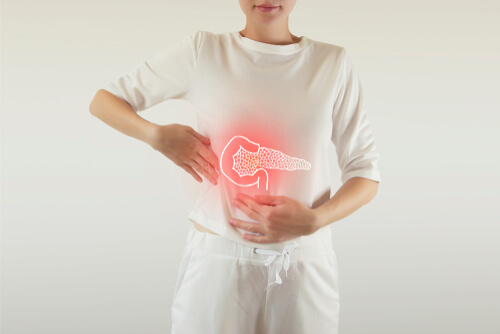
Most of the time, gallbladder pain has a pretty specific cause. Hard particles that form because of an imbalance of the substance that the gallbladder secretes to aid in digestion or the gallbladder not functioning properly can lead to what is commonly known as gallstones.
Gallstones can be extremely small but they can also grow large up to the size of the small golf ball. You can have gallstones and not have any symptoms, but other times they can interfere with your digestive system or result in intense pain when a gallstone blocks one of your biliary ducts which contain your gallbladder in your bile ducts.
In addition, having gallstones can lead to much more serious conditions. But there are a few other causes of gallbladder pain as well. But sing a look at some of the other common causes of gallbladder pain so you can see the entire scope of common symptoms.
1. Biliary Sludge
One of the other common causes of gallbladder pain may be biliary sludge. Biliary sludge refers to the thickened bile salts they can form sometimes in the gallbladder.
This biliary sludge has the same basic effect of gallstones blocking the biliary ducts because it prevents healthy bile from emptying out of the gallbladder and can result in the same symptoms and complications as gallstones. You have to look for the symptoms and then talk to your doctor to find out exactly what the cause is in order for the right treatment to be prescribed.
The common way to diagnose this condition is transabdominal ultrasonography. This is not as common as the gallstones themselves, but it is one of the more common causes of gallbladder pain. The sludge forms from the combination of cholesterol crystals, calcium bilirubin pigment, and other calcium salts.



